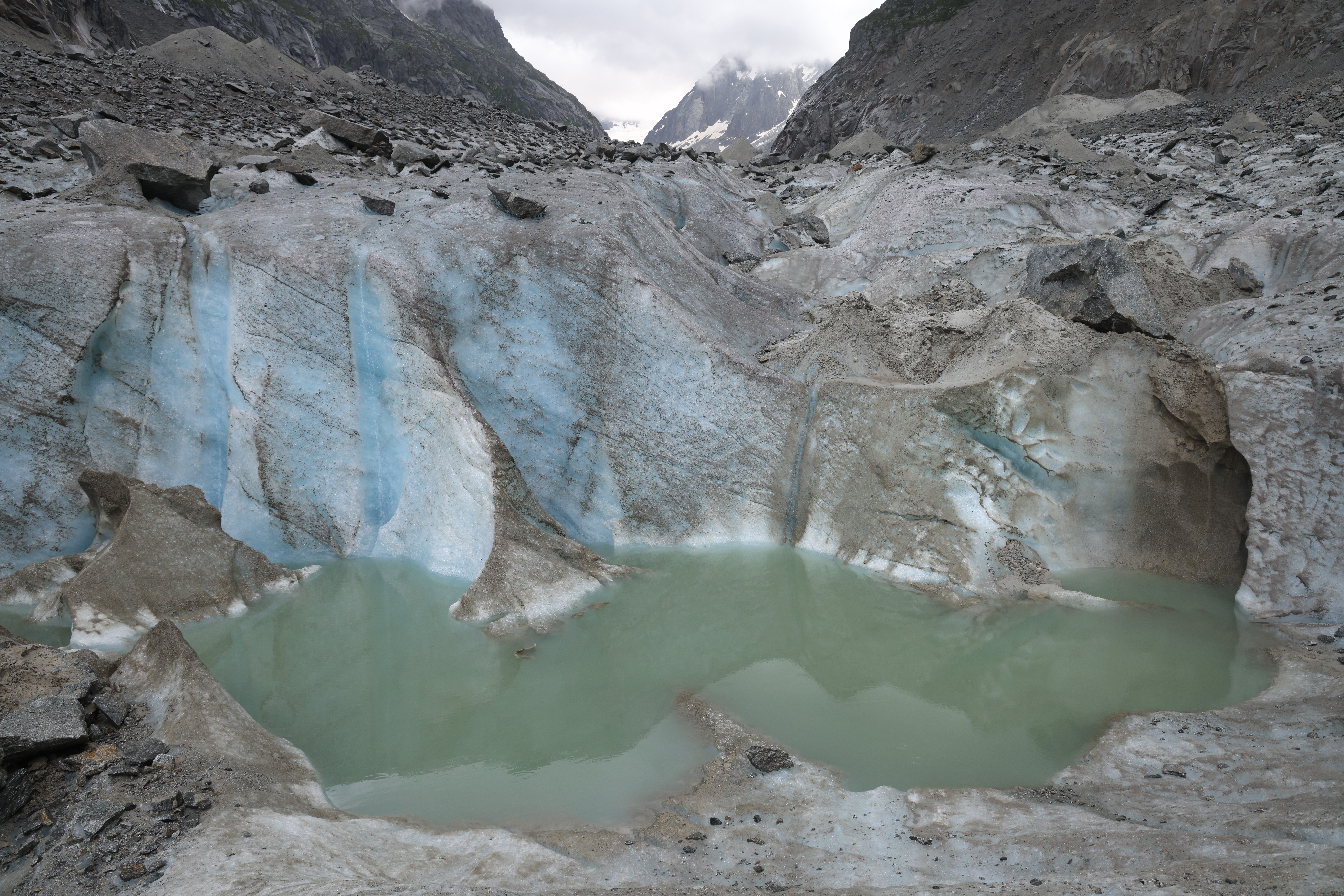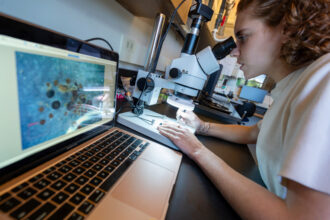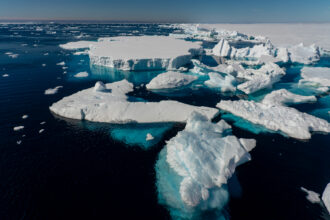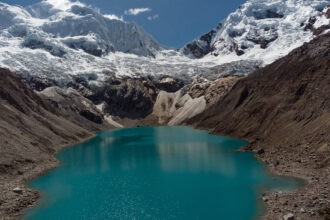‘Grim Outlook’ for Thwaites Glacier
A new science briefing from an international research team can’t rule out some of the worst-case sea level rise scenarios, including six feet by 2100.
By Bob Berwyn




















ICN provides award-winning climate coverage free of charge and advertising. We rely on donations from readers like you to keep going.
Donate Now